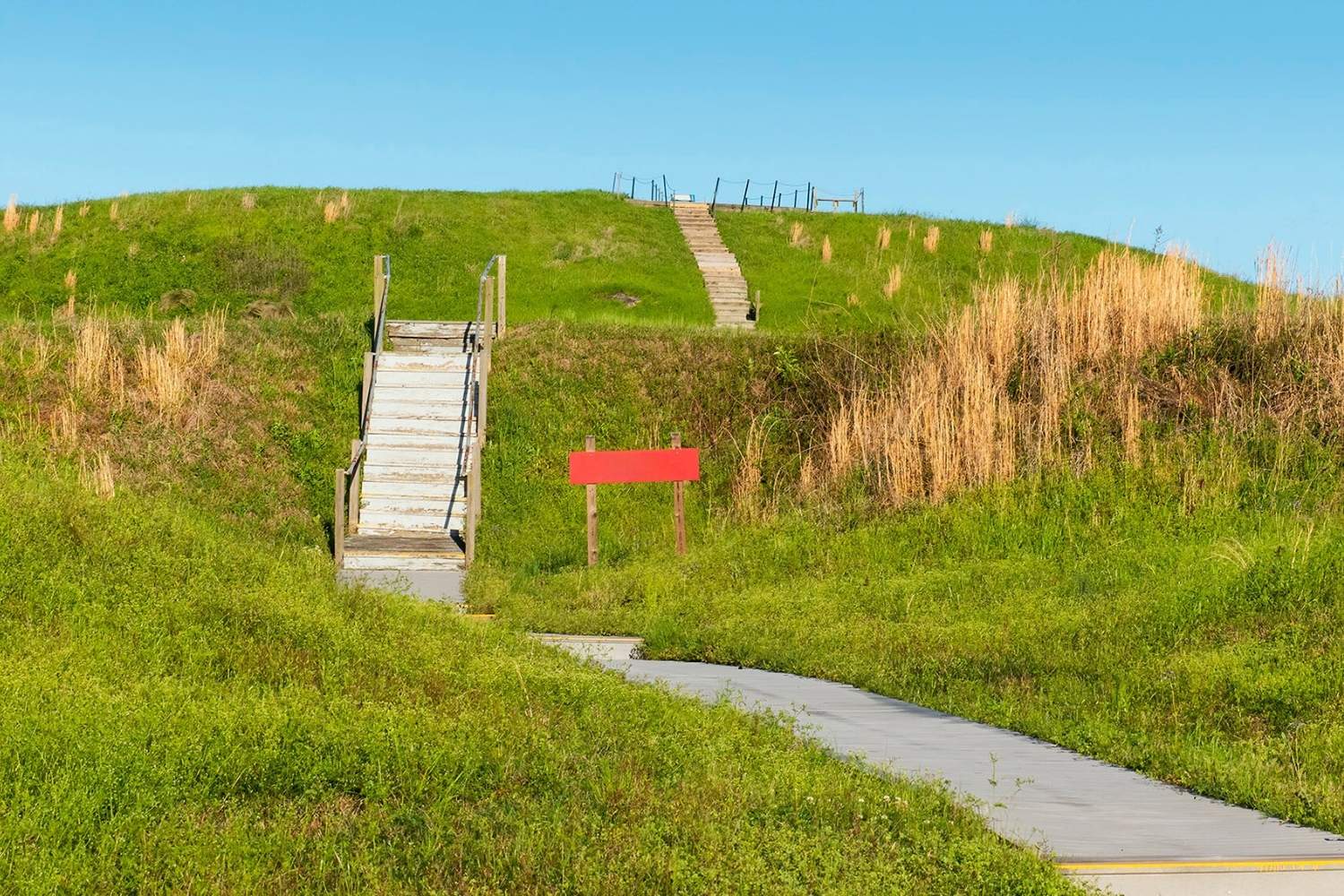Ancient Paths Of Louisiana’s Poverty Point

Have you ever thought about what life was like thousands of years ago? Poverty Point in Louisiana offers a glimpse into ancient times. This UNESCO World Heritage site is a fascinating place where you can walk among earthworks built by Native Americans over 3,000 years ago. These mounds and ridges were once bustling with activity, serving as a hub for trade and culture. Imagine people from different regions gathering here, exchanging goods like stones, shells, and pottery. Today, visitors can explore these historic structures and learn about the people who lived here long before modern cities existed. Whether you're a history buff or just curious, Poverty Point is a must-see destination that brings the past to life. So, pack your curiosity and step back in time at this incredible site.
Discovering the Ancient Paths of Louisiana's Poverty Point
Louisiana's Poverty Point is a fascinating historical site, offering a glimpse into the lives of ancient Native American cultures. This UNESCO World Heritage site is home to remarkable earthworks and mounds, showcasing the ingenuity and craftsmanship of its builders. Let's explore some of the most intriguing spots within this ancient landscape.
The Enigmatic Mounds
The mounds at Poverty Point are an architectural marvel, constructed over 3,000 years ago. These structures reveal much about the people who once thrived here.
Mound A
Known as the Bird Mound, this massive earthwork resembles a bird in flight when viewed from above. It stands as a testament to the engineering skills of its creators, who moved an estimated 238,000 cubic meters of soil to build it.Mound B
Smaller than Mound A, this mound still holds significant historical importance. Archaeologists believe it served as a ceremonial platform, possibly used for rituals or gatherings.Mound E
Also called the Ball Court Mound, this structure might have been used for games or social events. Its flat top suggests it was a gathering place for the community.
The Mysterious Plaza
The central plaza of Poverty Point is a vast open space surrounded by the mounds. This area likely played a crucial role in the daily lives of its inhabitants.
- The Plaza
Spanning 37 acres, the plaza was the heart of the community. It may have hosted markets, ceremonies, or other social activities, bringing people together from across the region.
The Intriguing Earthworks
The earthworks at Poverty Point are not just mounds; they include a series of ridges and other formations that hint at the site's complexity.
The Ridges
These concentric ridges form a semi-circle around the plaza. They likely served as living areas, with homes and other structures built upon them. The layout suggests a well-organized society with distinct residential zones.The Causeway
This raised pathway connects the plaza to the surrounding landscape. It might have been used for processions or as a route for transporting goods and materials.
The Artifacts of Poverty Point
Artifacts found at Poverty Point provide insight into the daily lives and trade networks of its people. These items reveal a culture rich in creativity and connections.
Stone Tools
Despite lacking local stone resources, the inhabitants crafted tools from materials traded from distant regions. This indicates extensive trade networks and resourcefulness.Clay Cooking Balls
These unique artifacts were used for cooking, showing the innovative methods developed by the community to prepare food without metal pots.Jewelry and Ornaments
Crafted from materials like copper and shells, these items highlight the artistic skills and cultural exchanges of the Poverty Point people.
The Legacy of Poverty Point
Poverty Point's ancient paths offer a window into a world long past. The site's significance extends beyond its physical structures, reflecting the cultural and social achievements of its builders. As you wander through these ancient paths, imagine the vibrant community that once thrived here, leaving behind a legacy that continues to captivate and inspire.
Reflecting on Louisiana's Ancient Paths
Poverty Point offers a glimpse into the past, showcasing the ingenuity of ancient cultures. Walking these ancient paths connects visitors to a time when communities thrived through trade and innovation. The mounds and earthworks stand as a testament to the architectural skills and societal organization of the people who once called this place home. Exploring the site, one can imagine the bustling activity that occurred here thousands of years ago. The artifacts and structures tell stories of a vibrant community that was ahead of its time. Visiting Poverty Point is not just about observing history; it's about experiencing the legacy of a civilization that shaped the region. This site remains a significant piece of Louisiana's heritage, offering lessons in resilience and creativity. For those interested in history and culture, Poverty Point is a must-visit destination that leaves a lasting impression.

